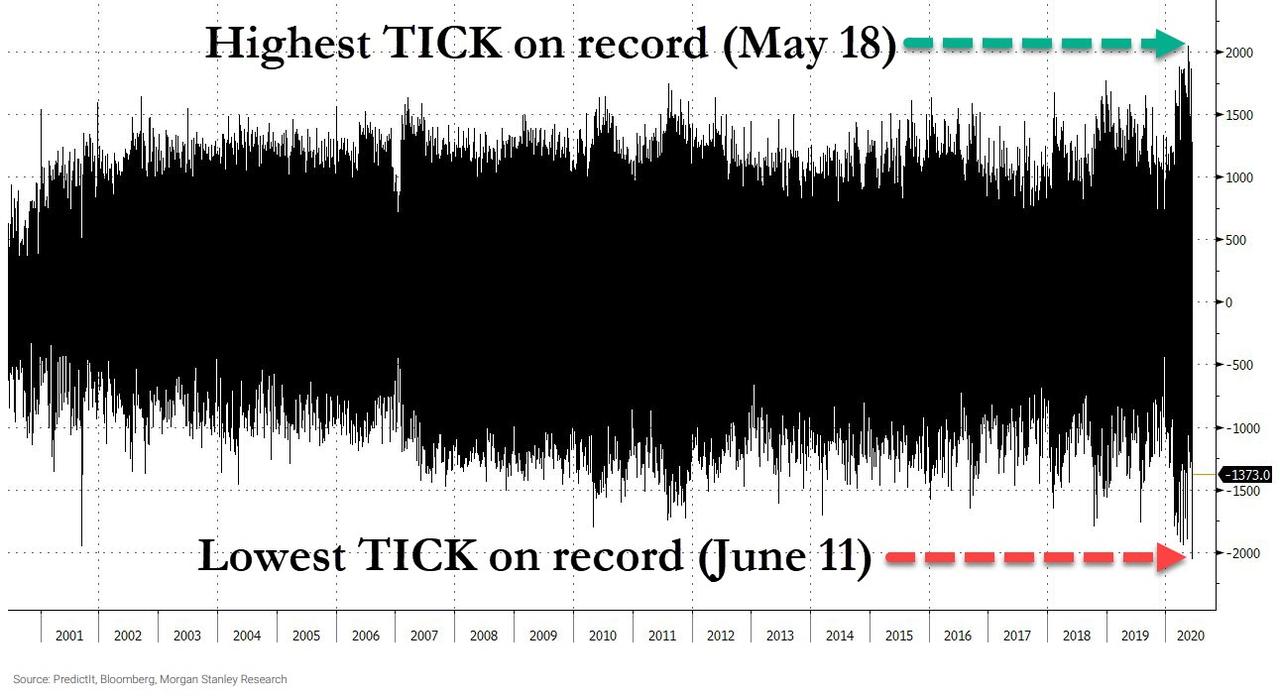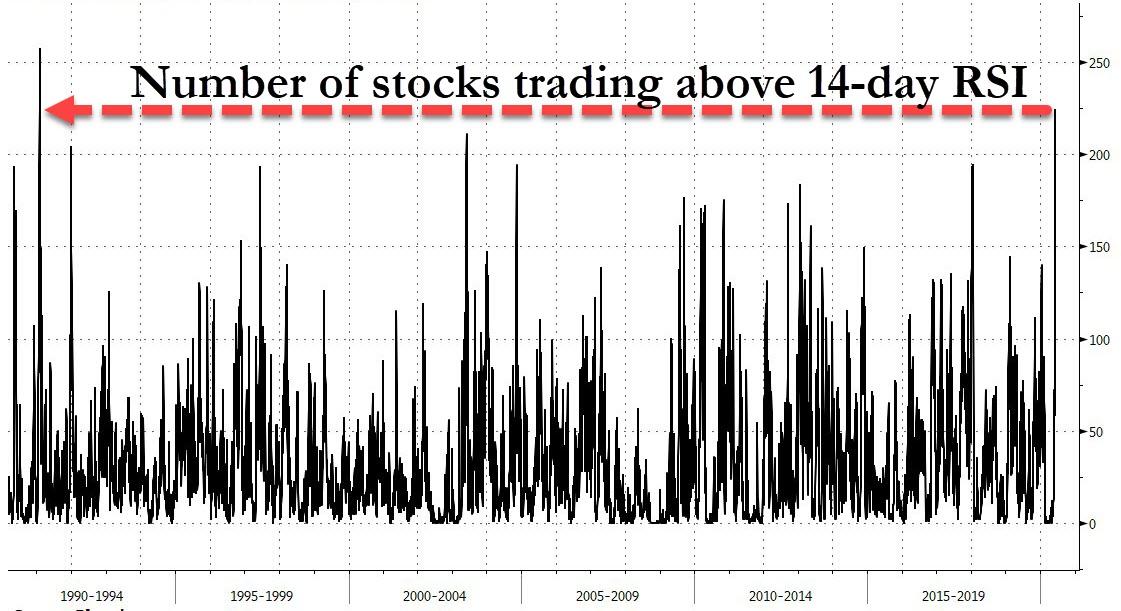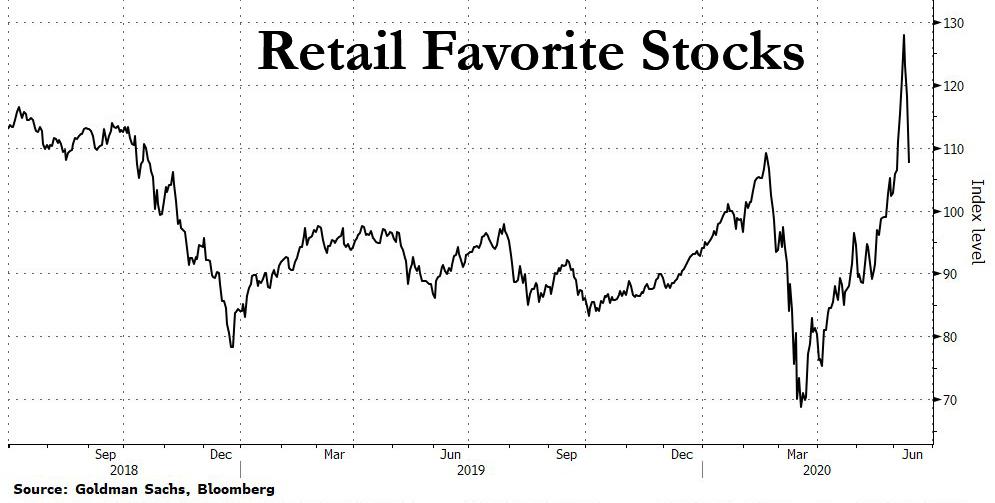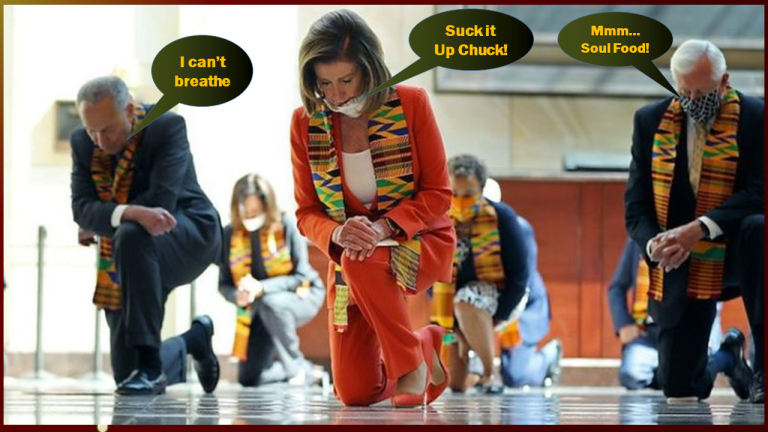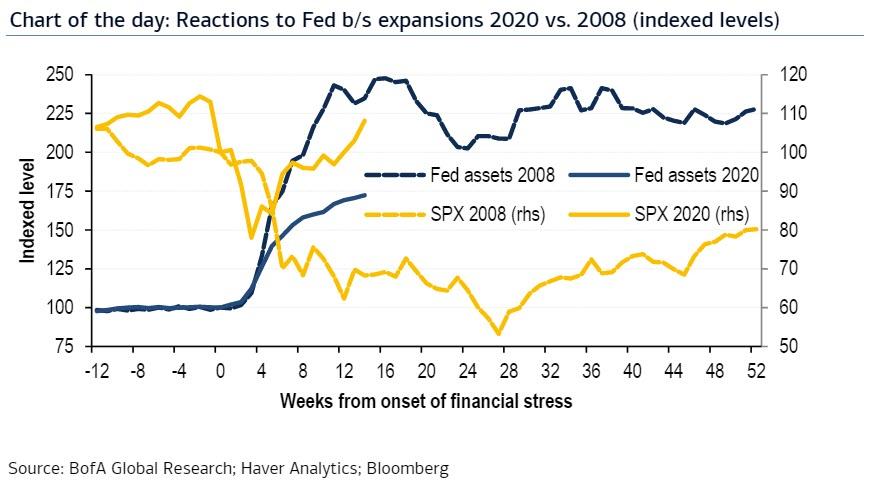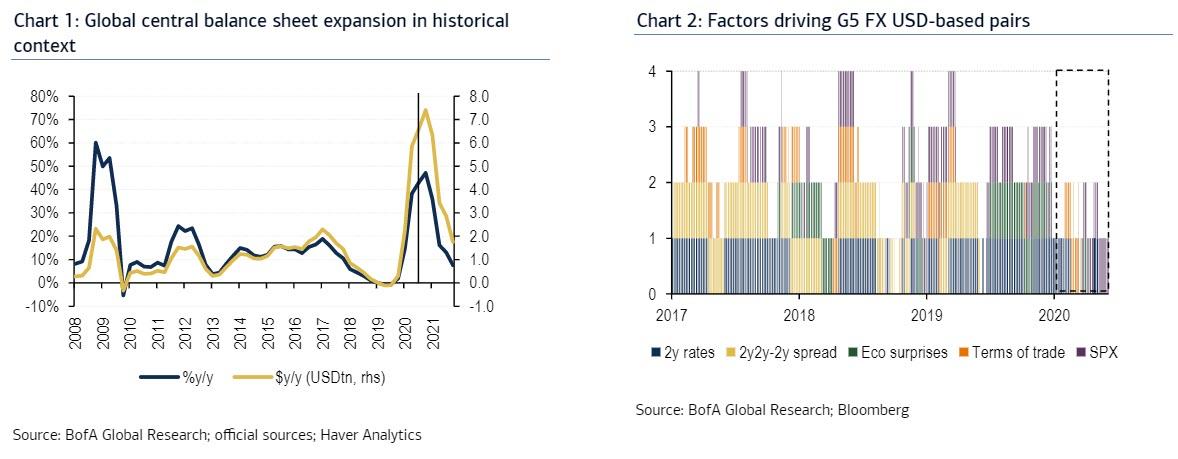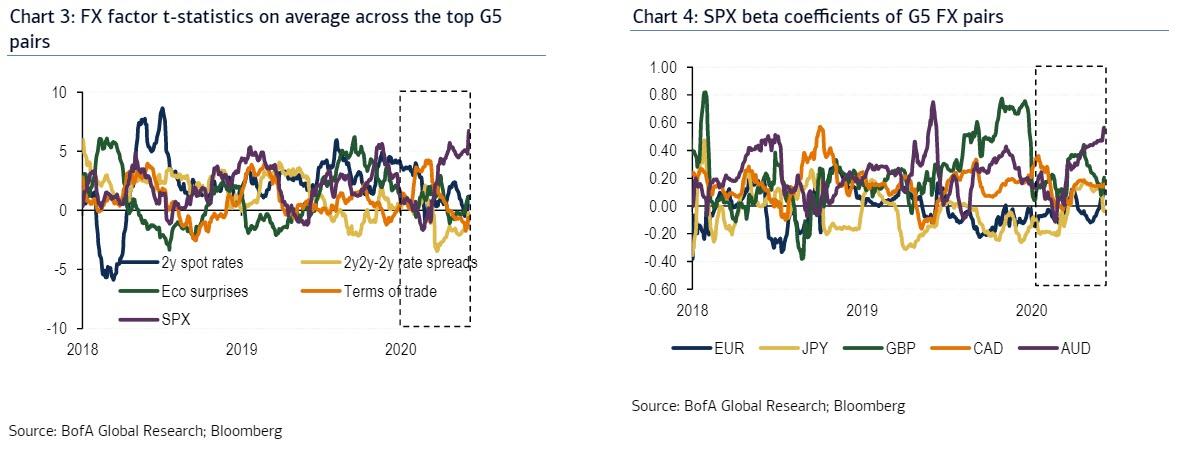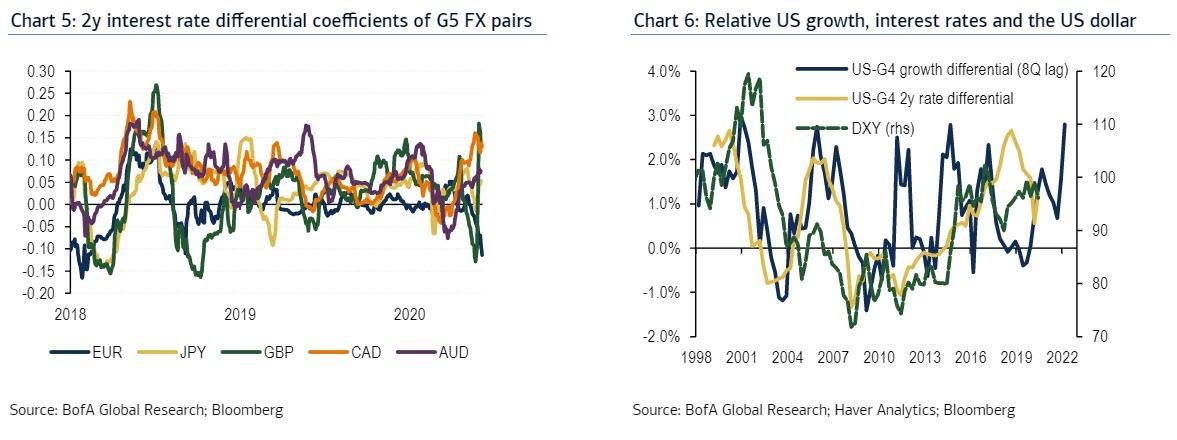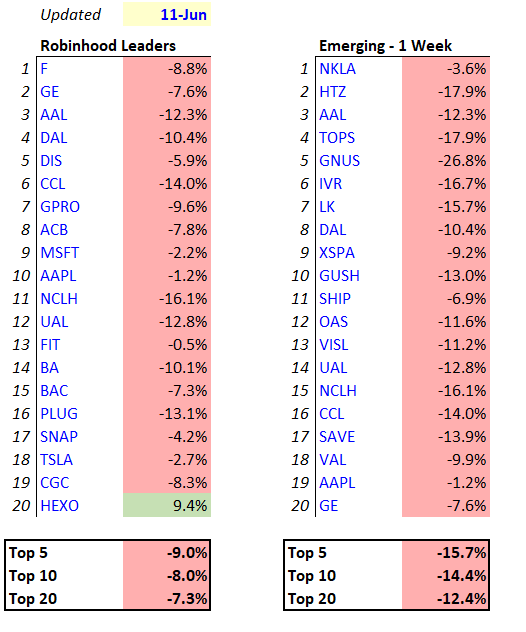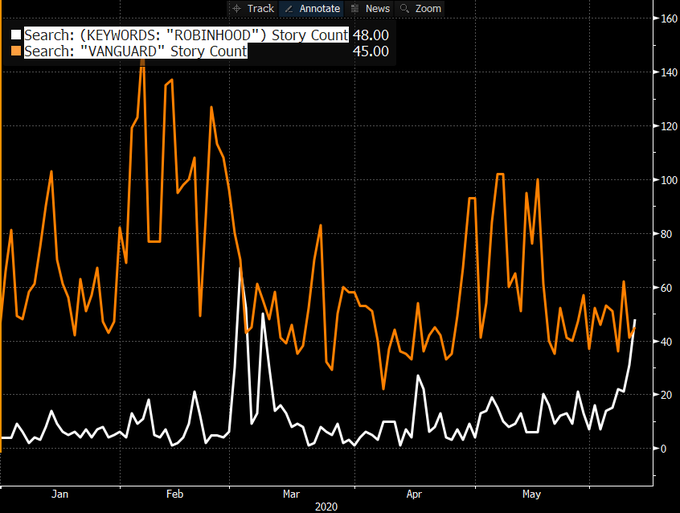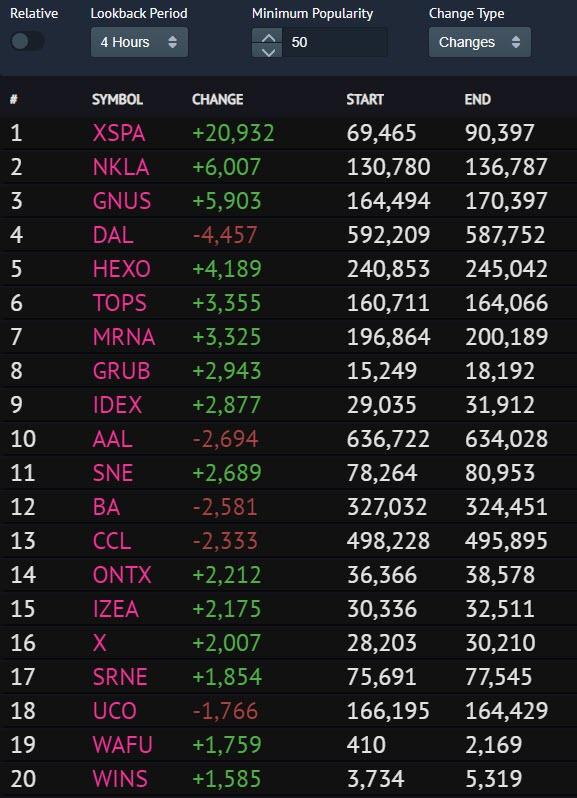Around 5 a.m. on November 19, 2011, Kenneth Chamberlain, a 68-year-old former Marine and retired corrections officer with a heart condition, accidentally set off his LifeAid medical alert pendant while sleeping in his White Plains, New York, apartment. Unable to contact Chamberlain via its two-way audio box, LifeAid called the White Plains Department of Public Safety. Seventeen minutes later, police officers arrived to help Chamberlain. Instead they ended up killing him.
Nine years later, Chamberlain’s family is still trying to hold the officers who shot him dead after breaking into his home for no discernible reason accountable for their egregious actions that day, which needlessly turned an erroneous medical call into a lethal confrontation. The case vividly shows how hard it is to obtain compensation under 42 USC 1983, a federal statute that authorizes lawsuits against government officials who violate people’s constitutional rights.
In 2013 a federal judge dismissed several claims against the White Plains officers based on qualified immunity, which shields officials from liability when the rights they allegedly violated were not “clearly established” at the time. Three years later, the court dismissed several more claims. Then a jury rejected the two remaining claims, which alleged that Officer Anthony Carelli violated the Fourth Amendment and committed assault and battery under New York law by shooting Chamberlain. In 2018 the Justice Department closed its investigation of the incident, concluding that there was insufficient evidence to charge any of the officers.
The U.S. Court of Appeals for the 2nd Circuit recently revived some of the dismissed civil rights claims against those officers. But it remains highly uncertain whether Chamberlain’s family will ever obtain any measure of justice for a senseless death that could have been avoided if police had not decided to treat a man they were ostensibly trying to help as a dangerous criminal.
The details laid out in the 2nd Circuit’s May 29 decision, most of which are uncontested, are damning. Responding to the erroneous medical alert, the police dispatcher sent an ambulance and a squad car to Chamberlain’s apartment. “Despite the dispatcher’s warning that Chamberlain was a person with mental illness,” the court says, “the officers began banging loudly on his door and shouting demands that they be allowed to enter.” Chamberlain called LifeAid, saying, “The White Plains Police Department [is] banging on my door and I did not call them and I am not sick.” The LifeAid operator called the police dispatcher, trying to cancel the supposed rescue attempt. “They’re gonna make entry anyway,” the dispatcher replied. “They’re gonna open it anyway.”
Chamberlain repeatedly told the cops at the door he had not called for help and did not need it. At least one officer acknowledged that information, saying, “Mr. Chamberlain, your medical alert went off accidentally.” But the cops would not take no for an answer.
“Because Chamberlain continued to refuse to open his door, the officers radioed for
tactical reinforcements,” the 2nd Circuit says. “There were approximately twelve officers in the augmented police force when they attempted to gain entry. They were armed with heavy ‘tactical gear,’ including handguns, a beanbag shotgun, Taser, riot shield, and pepper spray.”
The police used a master key they obtained from the White Plains Housing Authority, which owned Chamberlain’s apartment, to unlock the door. When a slap lock prevented the door from opening completely, the cops used a Halligan bar to stop Chamberlain from closing it. At this point, they could clearly see that Chamberlain was fine, as he had been saying “lucidly, repeatedly, and emphatically” all along.
Seeing the heavily armed officers breaking into his apartment despite his insistence that they had no reason to be there, Chamberlain was understandably alarmed. “You gonna shoot me,” he said. “You got your gun ready.” Chamberlain “shouted repeatedly that he was convinced that the police were there to kill him.” That turned out to be a self-fulfilling prophecy.
Chamberlain grabbed a kitchen knife to fend off the intruders. “They have their guns out,” he told the LifeAid operator. “I have a weapon. I am protecting myself.” Now the cops, who had already viewed Chamberlain as a threat requiring “tactical reinforcements,” were even more convinced. “Every time we come to the door he sticks a knife out,” one of them complained.
While trying to force their way into the apartment, the cops mocked and belittled Chamberlain. “You ain’t no young kid,” one said. “You a grown-ass man.” Chamberlain’s relatives allege worse taunts—including “motherfucker” and “I don’t give a fuck, nigger”—that the defendants denied. The officers refused to let Chamberlain talk to his niece, who lived in the same building, or his sister, who was on the line with LifeAid from her home in North Carolina.
After an hour-long impasse, “despite Chamberlain’s repeated pleas that the
officers leave and the availability of a relative on-site to attempt to defuse the
situation, the officers forcibly removed Chamberlain’s door from its hinges.” At this point, “Chamberlain was standing some six to eight feet behind the doorway wearing only a pair of boxer shorts.” The cops entered and “in swift succession, tased Chamberlain (unsuccessfully), fired several beanbag shots at him (largely ineffectively), and fired two shots at him with a handgun. One of those bullets passed through Chamberlain’s lungs and ribs and severed his spine, killing him.”
Following George Floyd’s death in Minneapolis and the ensuing protests, there has been much discussion of reforms that could help prevent such horrifying incidents, including “de-escalation techniques.” Training in those techniques reportedly is one of the reforms favored by Republican senators. What is de-escalation? Exactly the opposite of what the cops did in White Plains.
At every step, the officers seemed determined to turn an accidental medical alert—an alert they knew was accidental—into a death sentence. They perversely insisted on “helping” a man who manifestly did not need it, who told them so over and over again, and rejected the intercession of relatives who might have helped calm him down. Far from showing compassion for a man they supposedly were trying to help, they taunted him. “Instead of treating Chamberlain as a critically ill patient,” the 2nd Circuit observes, “the officers acted as though he were a criminal suspect.” They broke into his home without cause, dressed for battle, and gunned him down because he had the temerity to defend himself.
If the leading exemplar of chutzpah is the legal strategy of a man who murders his parents and pleads for mercy because he is now an orphan, the defense used by the cops in this case has to count as a close second. They argued that their armed invasion of Chamberlain’s home was justified based on the “emergency aid” exception to the Fourth Amendment’s warrant requirement, meaning the “aid” that Chamberlain did not need and did not want.
“Based on the facts alleged and otherwise before the district court, viewed in
the light most favorable to Appellant, we conclude that a reasonable, experienced
officer would not have determined there was probable cause to believe that
Chamberlain needed urgent medical attention,” the 2nd Circuit says. “The officers outside of his apartment knew that the Life Alert system had been activated accidentally. The Life Aid operator informed the police dispatcher that Chamberlain was not in need of medical assistance. And Chamberlain himself firmly and repeatedly informed the officers that he had not called for help and was not in need of assistance of any kind, let alone urgent medical aid.”
Was it “clearly established” at the time that forcibly entering Chamberlain’s home without a warrant based on “exigent circumstances” that did not exist violated the Fourth Amendment’s ban on “unreasonable searches”? The district court thought not. The appeals court disagreed.
“The law was clearly established at the time of entry that a warrantless entry into a private dwelling, absent exigent circumstances, is unlawful,” the 2nd Circuit says. “It was further established that a warrantless entry in response to a medical concern is unlawful absent probable cause to believe that a person inside is in immediate danger.”
Because of this decision, Chamberlain’s family will finally be allowed to proceed with their unlawful-entry claims against five officers. The 2nd Circuit also ruled that the facts regarding the use of beanbag rounds need to be developed more before deciding whether the officer who fired them at Chamberlain should receive qualified immunity for that use of force. Likewise with the family’s claims that two officers contributed to Chamberlain’s death by failing to properly supervise the operation.
But as the 2016 verdict in favor of Officer Carelli shows, qualified immunity is by no means the only barrier to successfully suing police officers for constitutional violations. Even when plaintiffs manage to get their day in court, jurors are highly sympathetic to police officers and loath to second-guess their decisions.
During the trial, Carelli testified that he had “no other option” but to shoot Chamberlain “to protect the other officers.” Sgt. Keith Martin backed up that account. “I don’t believe I’d be standing here” if Carelli had not shot Chamberlain, Martin testified. “I thought I was going to get stabbed.” The officers said Chamberlain charged at Martin, knife in hand, leaving Carelli no choice.
Randolph McLaughlin, the lawyer representing Chamberlain’s family, disputed that account, saying Chamberlain was on the floor when he was shot. McLaughlin argued that the trajectory of the fatal bullet “makes it impossible for him to be holding a knife in his hand and advancing on police.” McLaughlin also questioned the cops’ claim that Chamberlain, a frail 68-year-old, was unfazed by four beanbag rounds.
In a situation like this, jurors tend to side with the police, whom they view as brave public servants risking their lives to protect the community. But in this case, the cops were supposed to be protecting Chamberlain, the man they killed. That outcome was completely avoidable, regardless of what Chamberlain did after the officers illegally broke into his home. It was the duty of these officers to avoid it, and they failed abysmally. Their actions demonstrated that they had no regard for Chamberlain’s life, let alone the sanctity of his home. Yet with or without qualified immunity, they may never be held accountable for actions that would send ordinary citizens to prison for life.
from Latest – Reason.com https://ift.tt/2YoEbhL
via IFTTT
